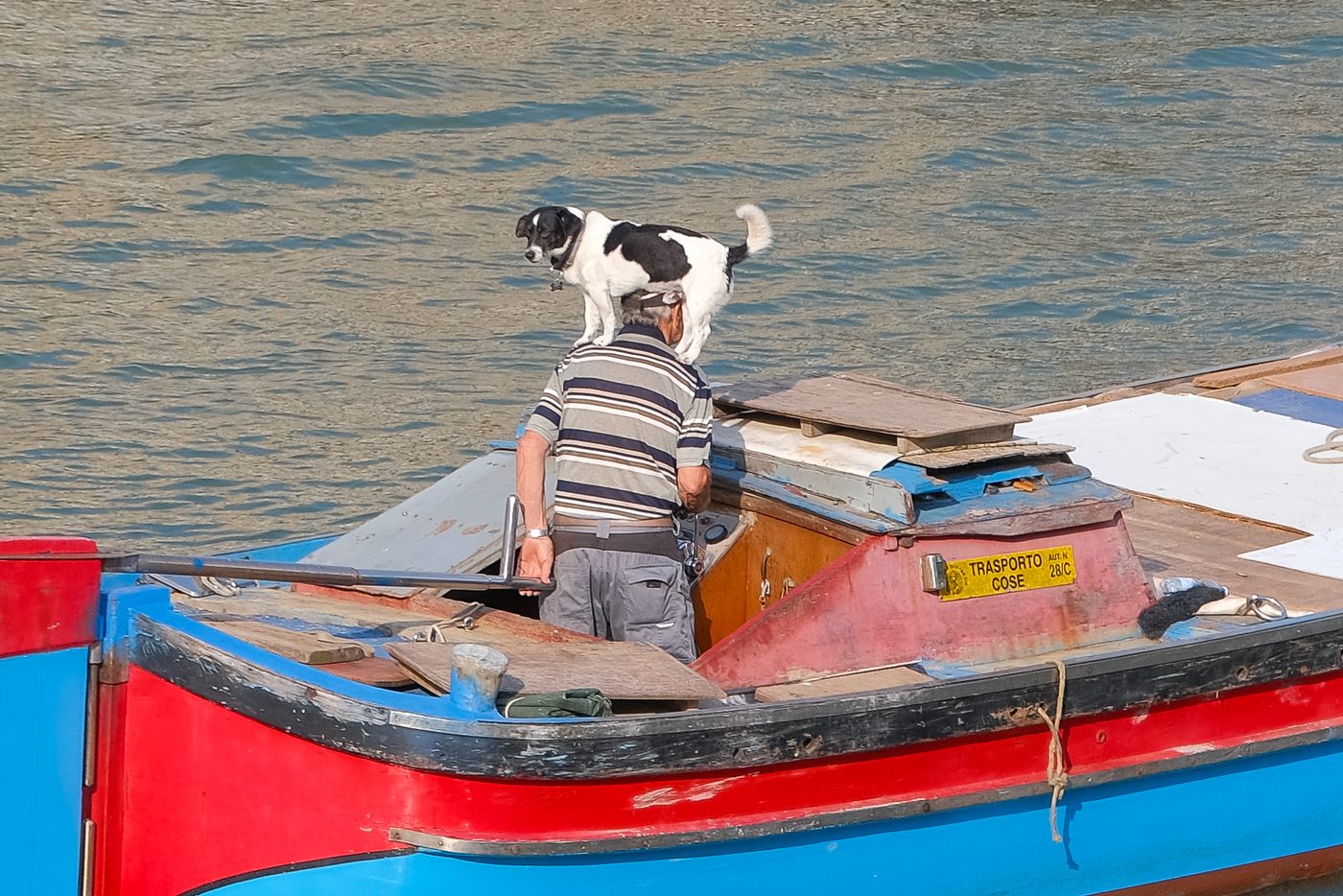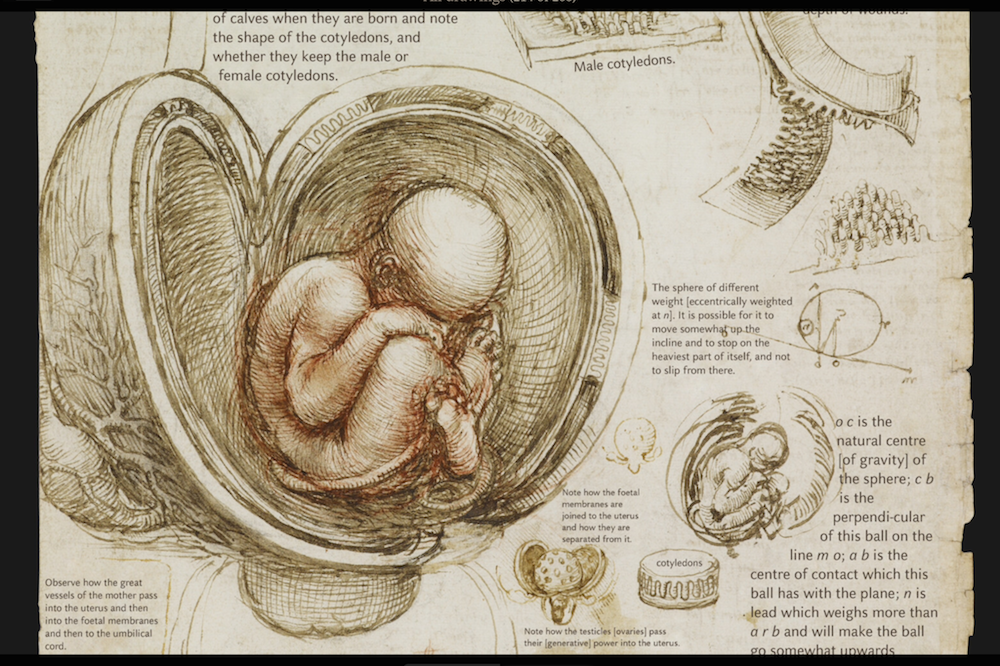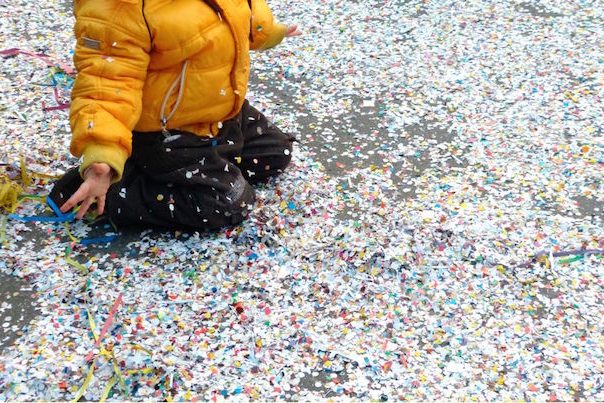Pay even the briefest visit to Piazza San Marco around noon these days and you’ll instantly discover, or be reminded of, why seasoned travelers have long considered summer to be the absolute worst time to visit Venice. What Napoleon is said to have once called “the finest drawing room in Europe” has about all the charm and all the breathing-room of a crowded cruise ship gangway.
For this reason, most travelers who come looking for “the real Venice” often choose to come during the dead of winter, during those very brief periods when the crush of visitors diminishes. This, generally, is an excellent strategy—except for what I’ve found to be the surprising fact that some of the most authentically-communal Venetian events occur at the very height of the tourist deluge, though away from the usual mass stomping grounds.

The events I’m talking about are the various parish feste or sagre that take place annually around town during June and July. It’s at such community festivals that you’re most able to see Venetians being themselves—as opposed to playing to tourists—and where you can best get a sense of the differences that still exist between one parish or neighborhood and another.
For, until relatively recently, to cross a bridge in the great city of Venice was to cross into another world, with its own church, its own social hierarchy, its own markets, even, in the earliest centuries, its own burial grounds. Each island developed with little regard for its nearby neighbors: a fact still evident, as the architectural historian Deborah Howard points out, in the way a calle (or street) on one island rarely leads directly across a canal to a calle on the next.
Instead, as most visitors know all-too-well, you frequently find yourself at watery dead-ends or, at best, an angling bridge (called a ponte storto). And just as today’s bridges still serve as the showplace for illegal merchandise and unlicensed vendors, so they served for many centuries as no-man’s lands—being neither of one island nor the other—and for illicit activities of every sort. According to historian Robert C. Davis, the bridges were the hangouts of all kinds of unsavory characters; it’s where you went if you wanted to hire someone to rough up one of your enemies—or stick a knife in him.
These days the boundary lines of various Venetian communities extend beyond bridges, but each summer festival here attests to the nature of the particular community or neighborhood that creates it. In general, most festivals run from 5 days to a week long and involve live music, food, and activities for kids and/or adults, but the differences between each festival stand out more than the similarities.
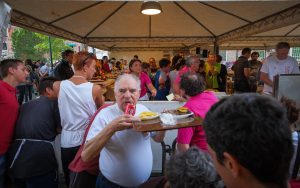
Held for a week during the first half of June, the Festa di Sant’ Antonio at the church of San Francesco della Vigna in the Castello section (or sestiere) of Venice, features (along with music, theater, and food) a mass and a solemn procession with a wooden statue of its namesake. While the first-ever Sagra di Santa Marta held last year in late July, in what was until very recently considered one of the most dangerous parts of Venice, included a series of panel discussions on political issues affecting the neighborhood.
The Festa di San Giovanni in Bragora typically celebrates the summer solstice that falls within its five days of festivities around the third week of June with communal dances, hand-tied gifts of flowers and medicinal herbs, and a ceremony that all evoke the ancient roots of Christian traditions. The emphasis of the Sagra di San Giacomo dell’Orio is on the charities to which all proceeds go from what is usually about 10 nights of music and dining in the beautiful campo of the same name in sestiere Santa Croce during the second half of July.

The large Festa di San Pietro di Castello (or San Piero de Casteo, in Venetian) in late June manages to offer a little—or a lot—of everything: traditional religious services within what was from 1451-1797 the official seat of the Patriarch of Venice (before it was transferred by Napoleon to San Marco), regate (or rowing races) in the large canal beside it, the biggest musical stage of all the festivals, and a marvelous traditional Commedia dell’Arte puppet show for kids.
Of course, the largest and oldest of the feste—the “grandaddy of them all”—is the Festa del Redentore, scheduled this year for July 20 and 21. First celebrated in 1577 to mark the city’s latest (but not last) deliverance from a plague and the completion of Palladio’s great church of the Redeemer on the island of Giudecca, it’s the closest Venetian equivalent to the Fourth of July.
In addition to the usual kinds of festivities, and a long pontoon bridge stretched across the Giudecca canal to the door of the church, boats and fireworks are the order of the day. For this city-wide celebration tables are set up all over town by families and friends, in campi and on fondamenta at the edge of canals. But, really, the place to be, if you consider yourself a Venetian at all, is in your boat out in the basin of San Marco, hemmed in by a thousand other boats, eating and drinking and talking to your floating neighbors in the hours before the annual firework display erupts over your heads.
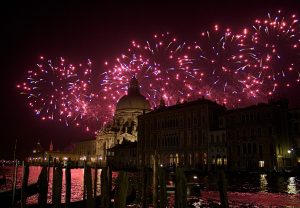
This festa deserves an article all to itself, but it’s easy to find information about it online and, ultimately, it’s not my favorite of the summer celebrations. Now slickly produced by a private production and marketing company, I’m afraid this most Venetian of feste could easily become for many visitors just another packaged experience around Piazza San Marco, in which the only people they encounter are hospitality industry pros and other tourists. As entertaining and important as the Festa del Redentore is, I’d recommend, instead, seeking out any of the other festivals I’ve mentioned, in which Venetians aim, for a change, to entertain only themselves.
For more about living in Venice, visit Steven Varni’s blog: veneziablog.blogspot.com




